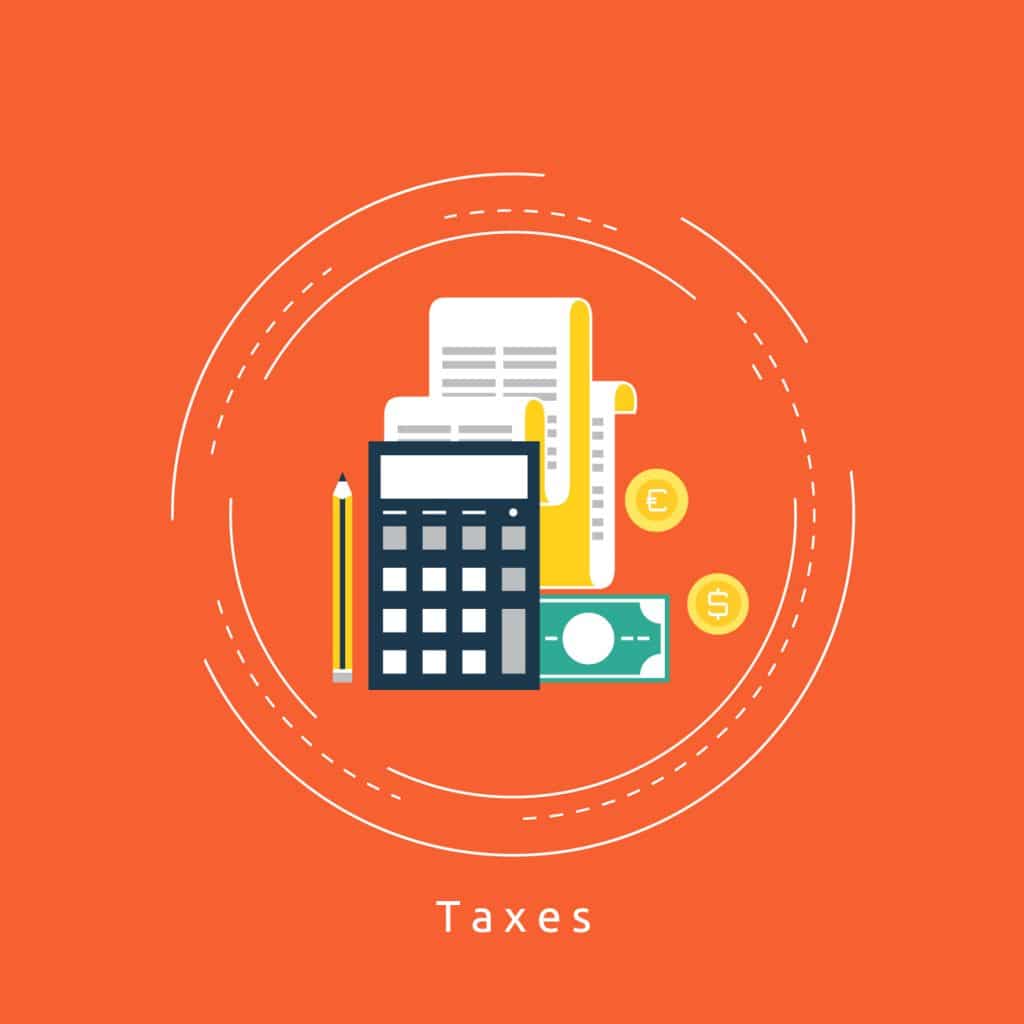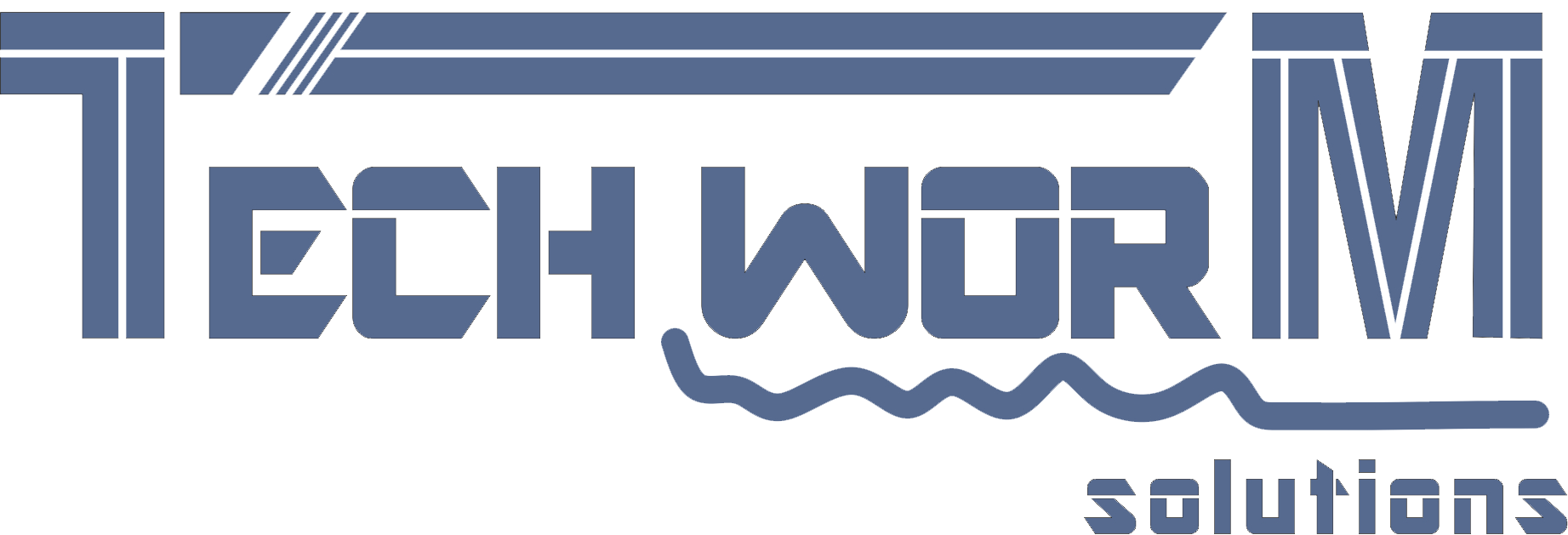GST Migration
GST migration is mandatory for all entities having VAT or Central Excise or Service Tax Registration. We offer an easy process for completing GST Migration from Rs.2499/-

GST Migration - Eligibility, Process and Expert Help
Goods and Services Tax or GST has been implemented in India from 1st July, 2017 and GST migration started from 2016. Since all entities registered under VAT or Central Excise or Service Tax did not migrate to GST, the time-limit for GST migration has been extended by another three months until end of September, 2017. Further, all entities having VAT or Central Excise or Service Tax registration are mandatorily required to obtain GST registration by migrating their data to the new system without fail.
To complete GST migration, entities registered under VAT or Central Excise or Service Tax would have received a provisional userid and password. Using the provisional userid and password, GST migration can be completed by providing additional information required under GST. Once, the GST migration application is completed, provisional GSTIN is provided to the business. Provisional GSTIN can be used by the taxpayer to transact business and the provisional ID would be confirmed and made final GSTIN by the Government automatically.
Benefits of GST!!!
- Unified Platform
With the implementation of GST in India, the indirect taxes would be streamlined and standardized. Under GST regime, businesses would no longer have to obtain multiple VAT registration in different States or obtain a separate VAT and Service Tax registration. A single GST registration would be sufficient across India for selling or purchasing goods or providing services.
- Subsuming of Taxes
Subsumes various other taxes like Central Sales Tax, Additional Customs Duty, Purchase Tax, Luxury Tax, etc., Hence, under GST, many of the taxes in existence today would be subsumed and made into one tax. This would make tax collection and compliance easy for businesses across the country.
- Ease of Doing Business
Currently, many businesses like restaurants, computer sales and services businesses have to comply with both VAT and Service Tax regulations. This creates a compliance burden on the business, as they have to calculate taxes for the transaction based on different rates for different items. Under GST, the distinction between goods and services will be gone – making doing business easy.
- Lower Taxes
Currently in some states under the VAT regime, businesses are required to comply with VAT regulations once they cross an annual turnover of Rs.5 lakhs. Under GST regime, GST liability accrues only if an entity crosses an annual turnover of Rs.10 lakhs in northeast or hill states, whereas for rest of India, the threshold is set at Rs.20 lakhs.
- Larger Tax Base
GST is expected to increase the tax base in India significantly. Hence, the overall tax liability for businesses is expected to reduce overtime, as more and more businesses become compliant. Further, GST will use the latest in technology, including data from Aadhaar database, PAN database, etc., to make GST registration and GST return filing process, as seamless as possible.
Enquiry Form
Pricing
Basic
- GST migration for entities with existing VAT or service tax registration. Inclusive of government fee and GST.
Pro
- New GST registration for entities that do not have VAT or service tax registration. Inclusive of government fee and GST.
Premium
- One Class 2 Digital Signature and GST registration for entities that do not have VAT or service tax registration. Inclusive of government fee and GST.
